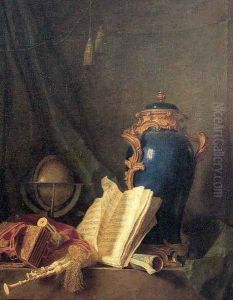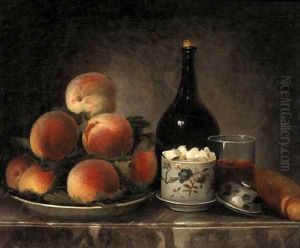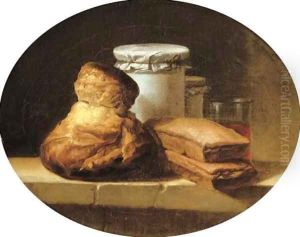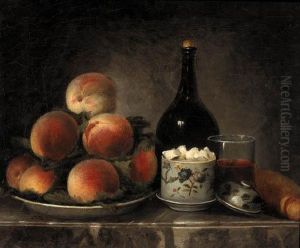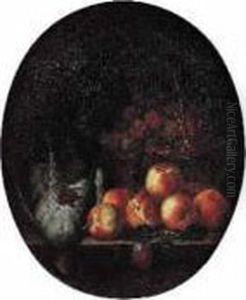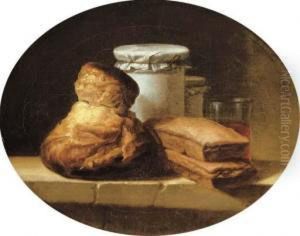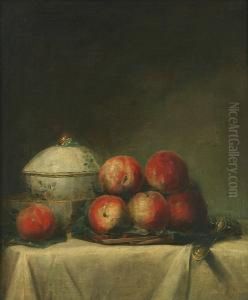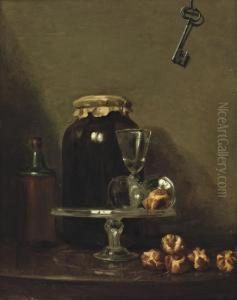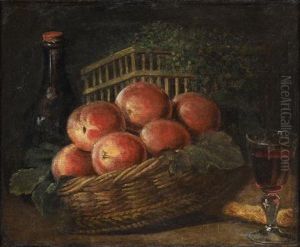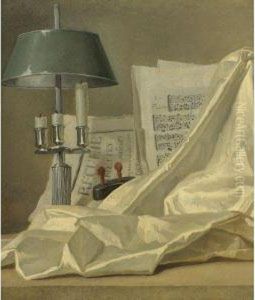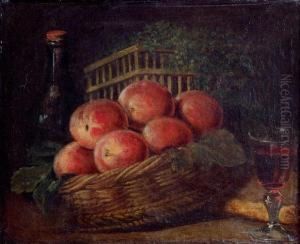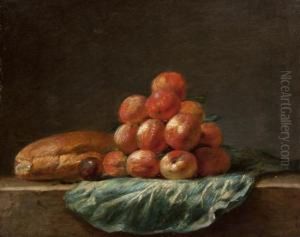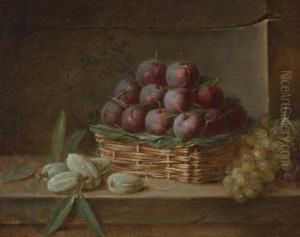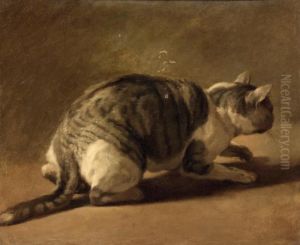Henri-Horace Roland de la Porte Paintings
Henri-Horace Roland de la Porte was a French painter primarily known for his still-life compositions. Born in Paris in 1724, Roland de la Porte emerged in an era when French art was dominated by Rococo sensibilities, characterized by lightness, grace, and an emphasis on the decorative. Despite the prevailing Rococo trends, his work exhibited a distinct inclination towards the naturalistic and detailed representation of objects, particularly food and flowers, which would later align him more closely with the Enlightenment's shift towards realism and emphasis on scientific accuracy in art.
Roland de la Porte's career unfolded during a period of significant social and political changes in France, leading up to the French Revolution. Throughout his career, he maintained a focus on still life, a genre that was gaining popularity for its ability to depict the beauty and transient nature of everyday objects. His paintings often featured arrangements of fruit, vegetables, and flowers, rendered with meticulous attention to texture, color, and light. These compositions not only reflected the artist's skill in capturing the natural world but also served as a testament to the growing interest in botany, gastronomy, and the natural sciences during the 18th century.
Despite his talents and contributions to the genre of still life, Roland de la Porte did not achieve the same level of fame as some of his contemporaries. However, his works were appreciated by connoisseurs and collectors for their detail, composition, and the subtle interplay of light and shadow. Today, his paintings can be found in several museums and collections, where they are celebrated for their elegance and realism.
The French Revolution, a period of upheaval and radical change, marked the final years of Roland de la Porte's life. He died in 1793, amidst the tumult of revolutionary France. His works, however, continue to be appreciated for their quiet beauty and the window they provide into the everyday life and material culture of 18th-century France. Roland de la Porte's dedication to still life and his ability to infuse ordinary subjects with a sense of significance and beauty have secured his place in the history of French art.
